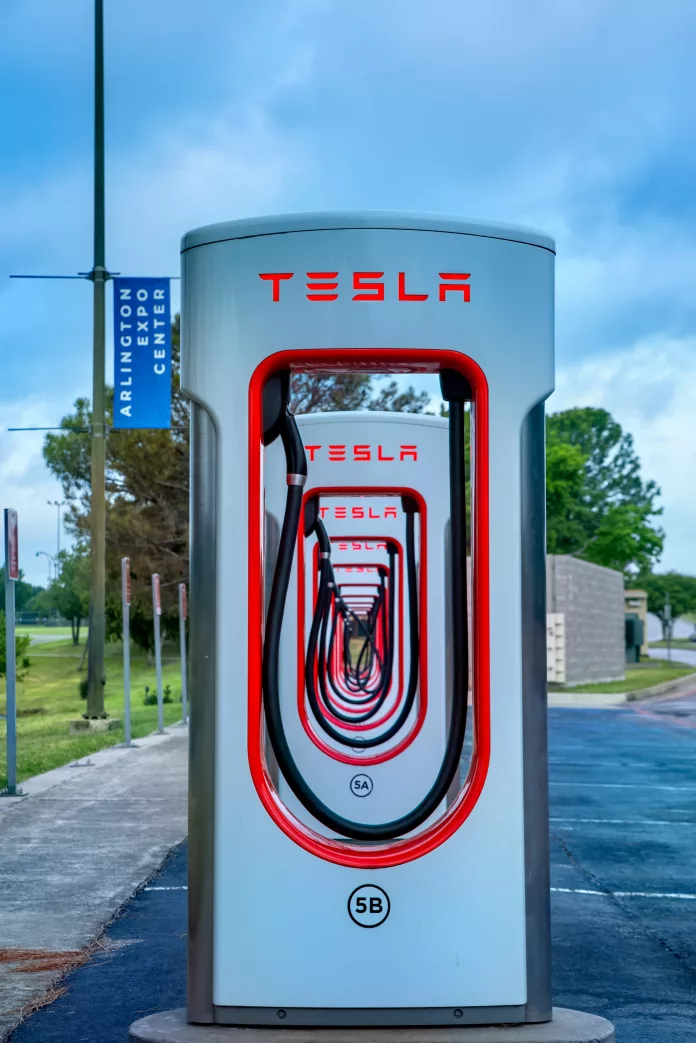The electric vehicle industry in North America is undergoing a significant transition. Automakers have decided to adopt Tesla‘s North American Charging Standard (NACS) over the existing Combined Charging System (CCS1) due to reliability issues with CCS providers.
The Shift to NACS: An Update on the Current Status
Last year’s announcement about the switch to Tesla’s NACS made headlines. Now, the real story is the unfolding implementation phase. Despite the native integration of NACS in new EVs being expected in 2025, manufacturers have negotiated with Tesla to provide access for many current CCS-compatible EVs through adapters. Ford has already set a precedent by shipping these adapters at no additional cost.
Rivian Joins the Charge
Following in the footsteps of other automakers, Rivian has gained passage to Tesla’s expansive charging network. However, the adapters essential for this connection are scheduled to ship at a later date, leaving Rivian owners with a difficult decision: wait for the official adapters or resort to aftermarket alternatives.
Understanding Aftermarket Adapters
While companies like A2Z and Lectron provide aftermarket adapters that are not officially sanctioned, these alternatives are often designed to meet rigorous safety standards like those of UL certification. Nevertheless, it’s crucial to avoid cheaper, non-compliant adapters that can be found on platforms like Amazon or Wish, as they may pose significant risks to users and vehicles alike.
Compatibility Issues with Supercharger Stations
Non-Tesla EVs using adapters face another hurdle: the compatibility with Tesla’s Supercharger stations. The older V2 stations cannot communicate with CCS-equipped vehicles, while the V3 and V4 stations are capable of serving both Tesla and CCS protocol vehicles. This means EV owners must be cognizant of station versions, with high charging speeds of 250 kW or more indicating the presence of V3/V4 stations.
The Future for Non-Tesla EVs on the Supercharger Network
NACS has emerged as a physical connector standard that still relies on the CCS protocol for communication. This dictates that until the V2 stations are updated, access will be limited to Tesla-exclusive vehicles. Conversely, ChargePoint’s initiative to retrofit stations with NACS plugs provides a glimmer of hope for newer Tesla models that adhere to CCS protocols.
Waiting for Supercharger Access for Other Manufacturers
Unfortunately, if you’re an EV driver of a brand other than Ford, Tesla, or Rivian, your access to the Supercharger network is still pending. Other manufacturers have yet to announce their integration, which means their customers will have to possess some patience until adapters become more widespread and stations are updated.
As we continue to observe the EV charging landscape evolve, the transition to Tesla’s NACS is a defining shift, promising to shape the future of electric vehicle charging infrastructure and cross-brand compatibility.


























